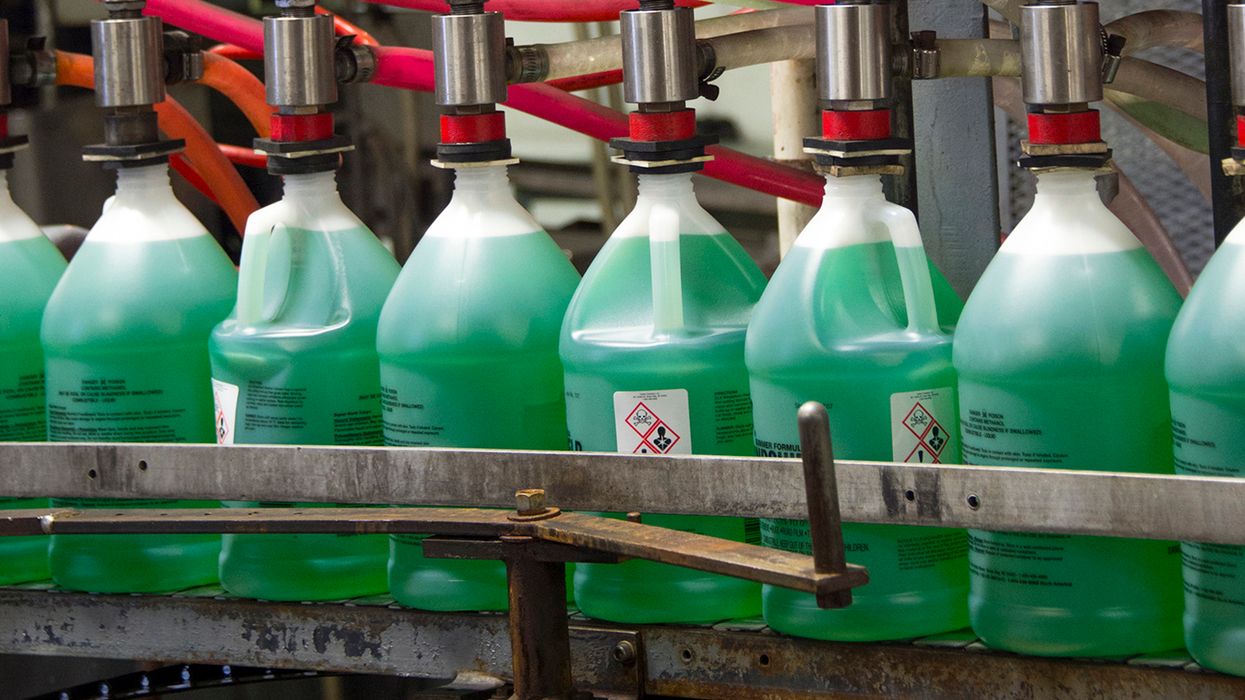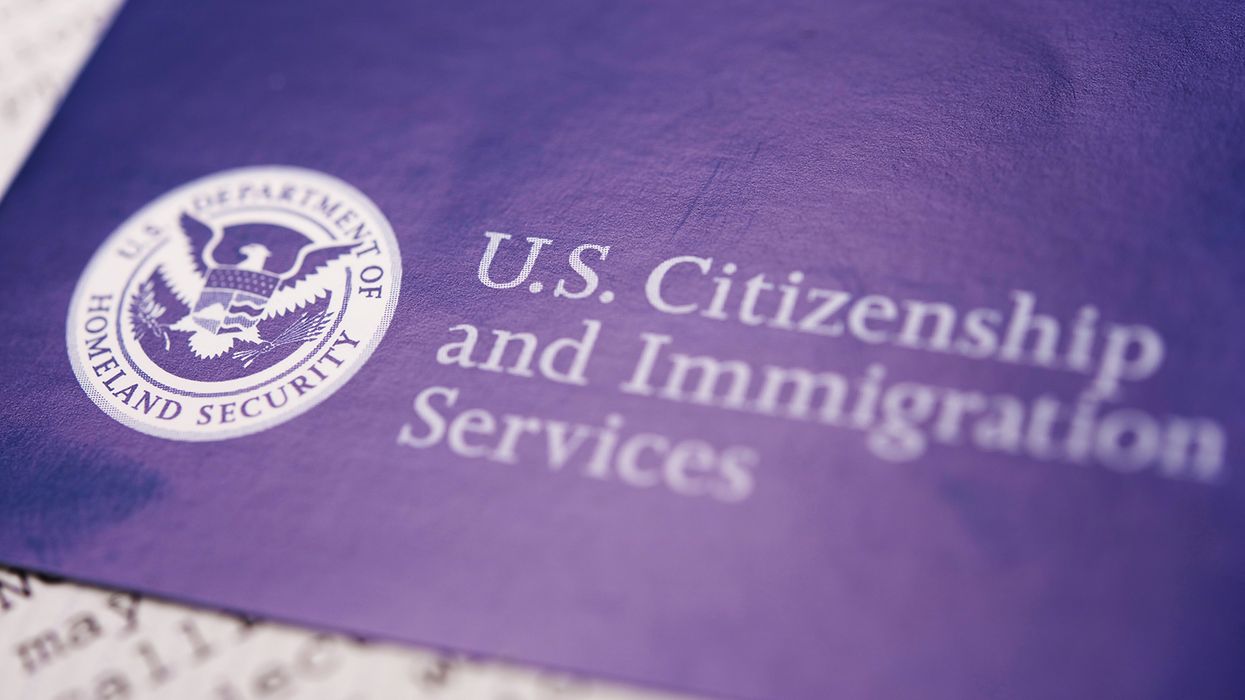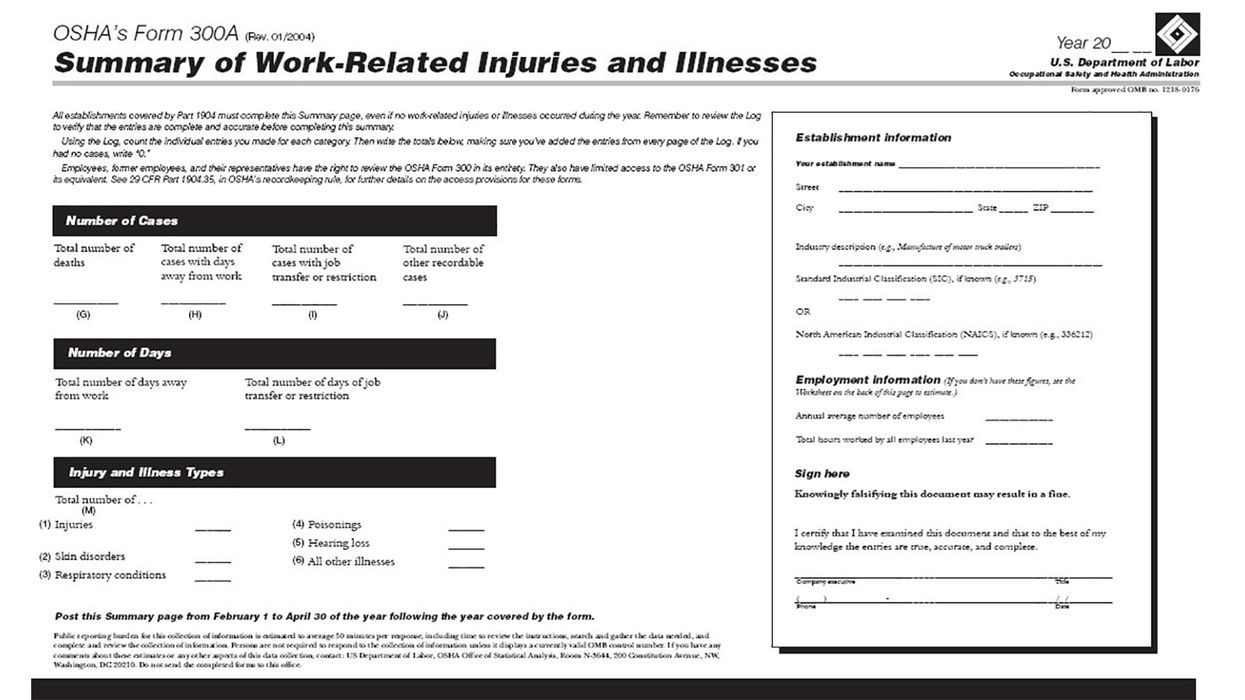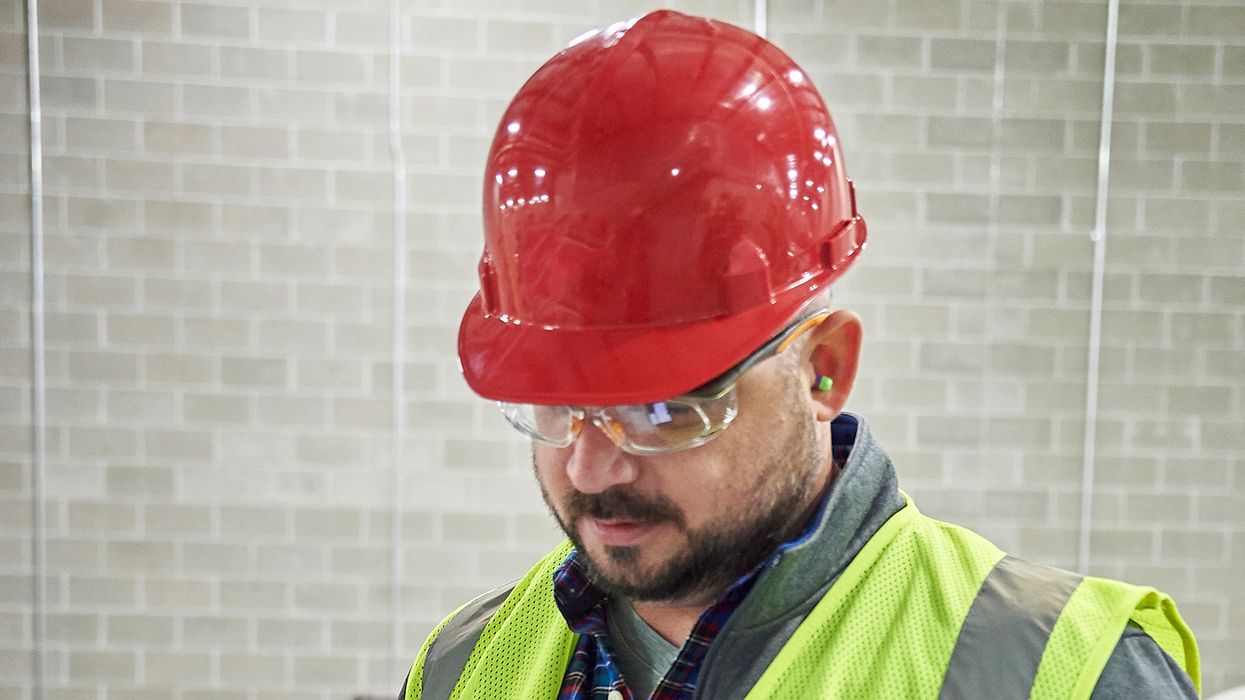Continuous, intermittent, and back again - Managing ever-changing FMLA leaves
Eligible employees may take leave under the federal Family and Medical Leave Act (FMLA) on an intermittent or reduced schedule basis when medically needed and for military family qualifying exigencies. This can include time off for their own conditions or those of a spouse, child, or parent. They may also take leave intermittently when employers agree to allow it for bonding with a healthy child.
Sometimes, employees might need continuous FMLA leave, only to be followed by intermittent leave.
If, for example, “Jo Employee” has surgery for a torn rotator cuff. She will likely need a few weeks off to recover. Over time, Jo might be able to work partial days. This means that Jo would take intermittent FMLA leave going forward until she’s fully recovered and able to work her normal schedule.
If, after taking intermittent FMLA leave, Jo reinjured herself, she might need to revert to continuous leave for a while.
Certifications and recertifications
How can employers stay on top of such changes? First, they may ask for an initial certification supporting the need for leave. The certification should give employers enough information to determine whether the employee needs FMLA leave for a qualifying reason.
For medical certifications, it should indicate which part of the FMLA’s definition of a serious health condition is involved. It should also include information on how much leave the employee needs.
Because things can change, employers may ask for recertifications now and then. They may ask for them no more often than every 30 days unless the certification indicates that the minimum duration of the condition is more than 30 days. In that situation, employers must wait until that minimum duration expires before requesting a recertification.
In all cases, employers may request a recertification of a medical condition in six months in conjunction with an employee’s absence (i.e., not just a random request).
Employers don’t have to wait the 30 days, the minimum duration, or six months to ask for a recertification in limited situations. This happens if:
- The employee requests an extension of leave,
- Circumstances described by the previous certification have changed significantly (e.g., the duration or frequency of the absence, the nature or severity of the illness, complications), or
- Employers receive information that casts doubt upon the employee's stated reason for the absence or the continuing validity of the certification.
Taking Jo’s example, if the initial certification indicated that she needed four weeks of continuous leave, but after three weeks, Jo said she could do some work, employers could ask for a recertification, as something had changed. If, after taking intermittent leave, Jo reinjured herself and went back to needing continuous weeks of FMLA leave, the employer could ask for a recertification.
Key to remember: Life situations seldom work on a straight trajectory. Things change, and so can an employee’s FMLA leave needs. What can start as a continuous leave can change to an intermittent leave, and vice versa. Employers can keep up with such changes using recertifications.



















































